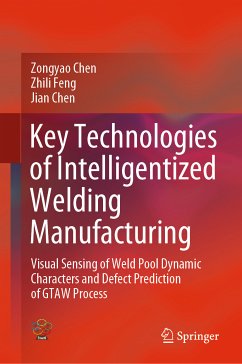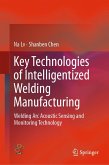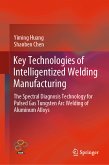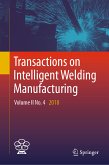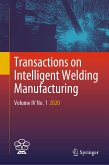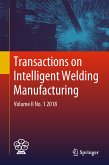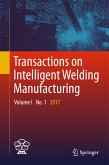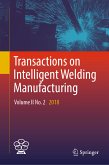This book describes the application of vision-sensing technologies in welding processes, one of the key technologies in intelligent welding manufacturing. Gas tungsten arc welding (GTAW) is one of the main welding techniques and has a wide range of applications in the manufacturing industry. As such, the book also explores the application of AI technologies, such as vision sensing and machine learning, in GTAW process sensing and feature extraction and monitoring, and presents the state-of-the-art in computer vision, image processing and machine learning to detect welding defects using non-destructive methods in order to improve welding productivity. Featuring the latest research from ORNL (Oak Ridge National Laboratory) using digital image correlation technology, this book will appeal to researchers, scientists and engineers in the field of advanced manufacturing.
Dieser Download kann aus rechtlichen Gründen nur mit Rechnungsadresse in A, B, BG, CY, CZ, D, DK, EW, E, FIN, F, GR, HR, H, IRL, I, LT, L, LR, M, NL, PL, P, R, S, SLO, SK ausgeliefert werden.

